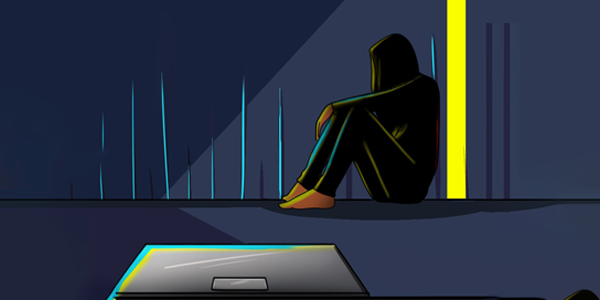
Eating disorders are a pervasive and distressing issue affecting people of all ages, including children. These disorders can have profound and lasting effects on physical and mental health, making early identification and intervention crucial. Addressing eating disorders in children requires a multifaceted approach that encompasses awareness, education, and support.
Eating disorders often emerge as a result of complex interactions between genetic, psychological, and environmental factors. In children, these disorders can manifest differently from adults, which may make them harder to recognize. Common types of eating disorders in children include anorexia nervosa, bulimia nervosa, and binge-eating disorder.
Early signs of an eating disorder in a child may include drastic changes in eating habits, weight fluctuations, food avoidance, obsessive calorie counting, or secretive behaviour around food. Parents and caregivers should remain vigilant and engage in open communication to foster a healthy relationship with food and body image.
Addressing eating disorders in children involves creating a supportive and non-judgmental environment where they feel safe to express their concerns. Professional guidance is essential for proper diagnosis and treatment, which may include therapy, medical monitoring, and family involvement.
In addition to therapy and medical intervention, it’s vital to address the societal factors that contribute to eating disorders. Social media, in particular, has emerged as a powerful influence on children’s self-esteem, body image, and eating habits. The idealized images and messages surrounding food and the body on these platforms can lead to distorted perceptions and unhealthy behaviours.
The authors of “The Dark Side of Food”; Harleen and Andrew Cook are first and foremost parents and hope to keep the conversation open on a cross generational level. They have both experienced eating related disorders as young adults driven by stressful professional lives and toxic relationships but have also observed how social media fads can be brought into feeding and weening of young children such is the pervasiveness of online trends. With misinformation and pressure on parents and young adults an unhealthy relationship can be formed even with healthy foods. Through the medium of a graphic novel and the power of storytelling they hope to enable more open conversations across generations on the topic, whilst also entertaining and informing in a more accessible way. The story tackles the impact of food misinformation on social media. It weaves an engaging narrative that uncovers the shocking truth behind a web of deception that can be a catalyst for eating disorders and other health issues.
By raising awareness about the dangers of food misinformation and its detrimental effects on young minds, “The Dark Side of Food” aims to empower children and young adults to challenge the narrative perpetuated by social media. It encourages them to seek accurate information and make informed choices when it comes to nutrition and well-being.
In conclusion, addressing eating disorders in children necessitates a comprehensive approach that involves early detection, open communication, professional intervention, and managing the societal factors that contribute to these disorders. “The Dark Side of Food” is a powerful resource for young audiences as well as families to become aware of the impact of food misinformation on social media, ultimately promoting a healthier relationship with food and their bodies.
Disclaimer
“Views expressed are the author’s own and are not intended for medical use. We lawfully exclude all liability. Terms and conditions apply. All rights reserved.”
